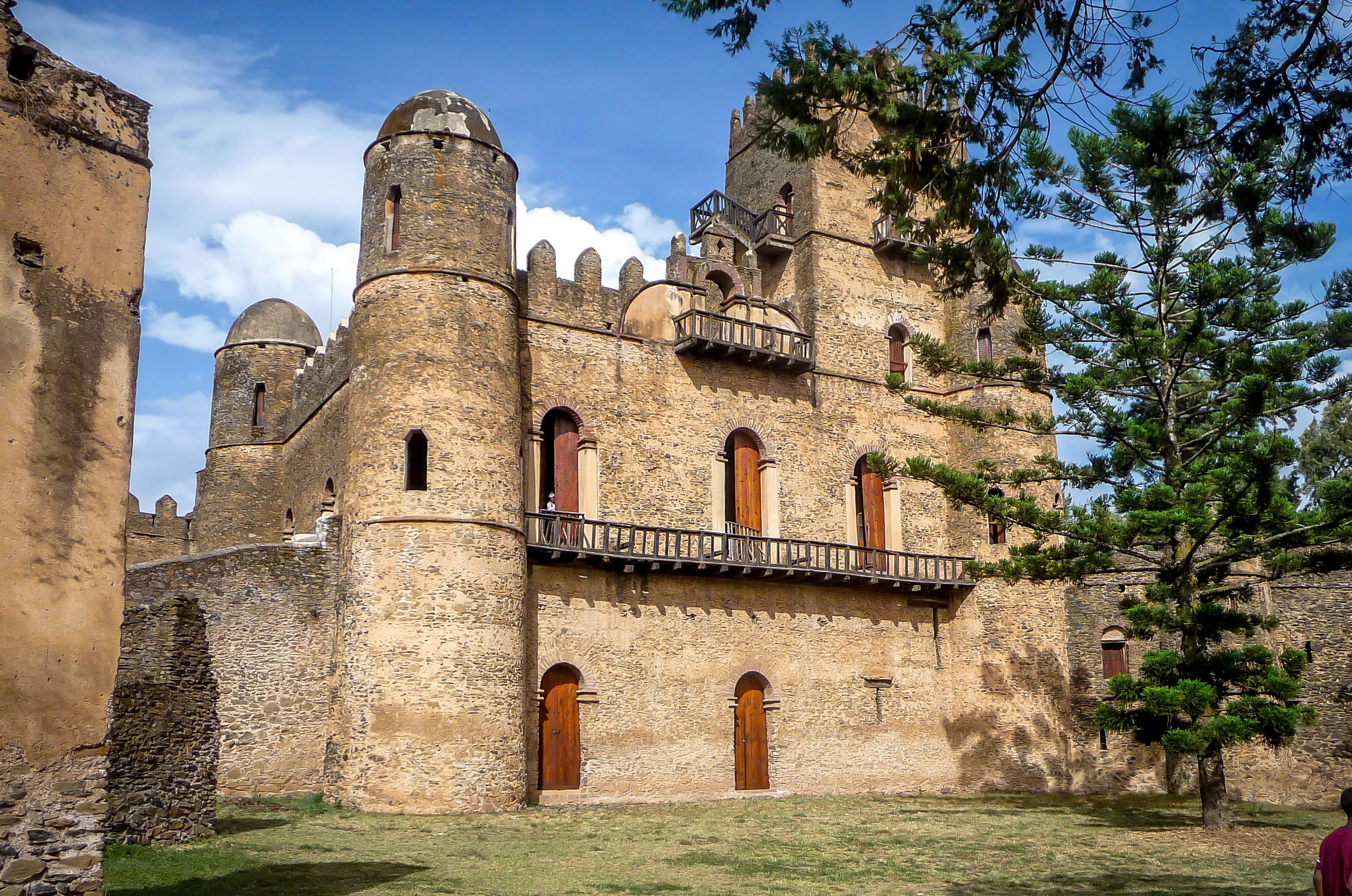Ethiopia boasts one of the oldest and most colourful histories of any African kingdom. In Prehistory, it was the home of the earliest hominids on this earth. Its traditional history stretches back to the time of King Solomon.
Few know much of the mighty Axumite Empire that grew up in the north of the country after the birth of Christ and which was a major trading centre for some seven hundred years. Neither have many people heard of the awe-inspiring rock-hewn churches that were constructed during the Middle Ages in Lalibela high on the Ethiopian plateau.
Since that time, the country has had very varied fortunes in all sorts of ways.

